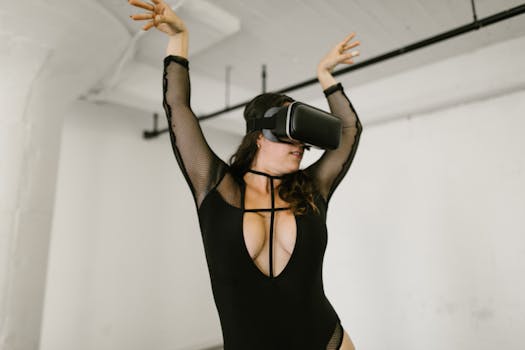
Hello: A Simple Word with a World of Meaning
The word "hello" seems so simple, doesn't it? Just five little letters. But this unassuming greeting carries a weight of meaning far exceeding its size. It's a bridge, a connection, a tiny act of acknowledging another human being. From casual encounters to momentous occasions, "hello" is the cornerstone of communication, the first step in countless interactions.
A Brief History of "Hello"
While "hello" might feel timeless, its history is surprisingly recent. It evolved from the earlier greeting "hollo," which itself derived from "holla," an interjection used to get someone's attention. Think of a shepherd calling to his sheep, or someone shouting across a field. This shout, this call, is the ancestor of our modern "hello." The transition from "hollo" to "hello" happened gradually, with the "h" sound becoming more pronounced and the "o" shifting slightly. By the 19th century, "hello" was firmly established in the English language, largely thanks to the spread of the telephone. Alexander Graham Bell famously used "ahoy" and "hello" when answering his phone. This cemented the word in popular use, transitioning from a casual interjection to a formal greeting used in telecommunication.
Beyond the Basics: Variations of "Hello"
The beauty of "hello" lies in its adaptability. While it's a standard greeting across many cultures and languages, its variations are as diverse as the people who use it. Think of the informal "hey," the more formal "good morning/afternoon/evening," the cheerful "hi," or the affectionate "hey there." Even within the English language, the choice of greeting reflects context and relationship. A "hello" to a stranger is different from a "hello" to a close friend or family member. The subtle shift in tone, the addition of a name, or the accompanying body language can completely alter the meaning conveyed.
The Power of Connection: "Hello" in Everyday Life
Consider the power of a simple "hello" in various situations. Imagine walking down a busy street and exchanging a brief nod and "hello" with a passerby. This seemingly insignificant interaction creates a brief sense of connection, a shared moment of acknowledgment in an otherwise anonymous urban landscape. The "hello" serves as a silent affirmation of shared humanity, a brief recognition that we are all part of the same community.
In the workplace, a friendly "hello" can set the tone for a productive day. It establishes rapport with colleagues, creates a positive atmosphere, and can even alleviate tension. Conversely, the absence of a greeting can feel isolating and unfriendly. The simple act of acknowledging someone's presence can make a significant difference in their experience.
Think about the impact of "hello" in more personal settings. A "hello" from a loved one can brighten even the darkest day. It's a reassurance of their presence, a silent declaration of love and support. The warmth and comfort offered by a familiar voice saying "hello" is immeasurable. It anchors us, reminding us that we are not alone.
"Hello" in Different Cultures
While "hello" (or its equivalents) is understood in many parts of the world, the cultural nuances surrounding greetings vary significantly. In some cultures, a bow or a handshake accompanies the verbal greeting. In others, a kiss on the cheek might be customary. Understanding these cultural differences is crucial for effective communication and avoiding misunderstandings. Respecting cultural norms surrounding greetings is a fundamental aspect of intercultural communication.
Some cultures place a high value on formality in greetings, while others are more informal. The appropriate level of formality often depends on the relationship between individuals, the setting, and the cultural background. Ignoring these cultural expectations can lead to misinterpretations and even offense.
"Hello" in Technology: Virtual Greetings
In the digital age, "hello" has taken on a new dimension. Online communication platforms, from email to social media to instant messaging, rely heavily on variations of this simple greeting. However, the absence of non-verbal cues in digital communication can sometimes lead to misunderstandings. The tone of a "hello" in a text message, for example, can be easily misinterpreted. Emojis and other visual cues are often employed to try and bridge the gap between physical and virtual communication, attempting to inject the feeling of a proper hello into the exchange.
The Future of "Hello"
While technology continues to evolve, the essence of "hello" – the act of acknowledging and connecting with another person – remains unchanged. As communication methods shift, we can expect new variations and interpretations to emerge. However, the underlying human need for connection, for acknowledgment, and for the simple act of greeting will likely remain a constant throughout history. The simplicity of "hello" belies its profound power; it's a small word with a giant impact on our lives.
Conclusion: More Than Just a Word
From its humble beginnings as a call to attention to its current role as a ubiquitous greeting, "hello" has journeyed through history, adapting and evolving alongside human interaction. It's not just a word; it's a symbol of connection, a testament to our shared humanity, and a reminder of the power of simple acts of acknowledgment. So, the next time you say "hello," take a moment to appreciate the history, the culture, and the profound meaning embedded within those five small letters.

